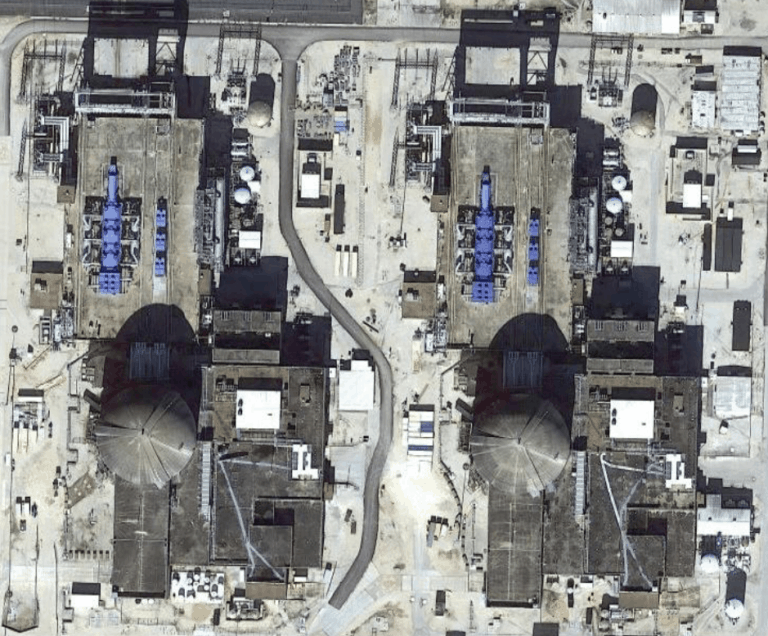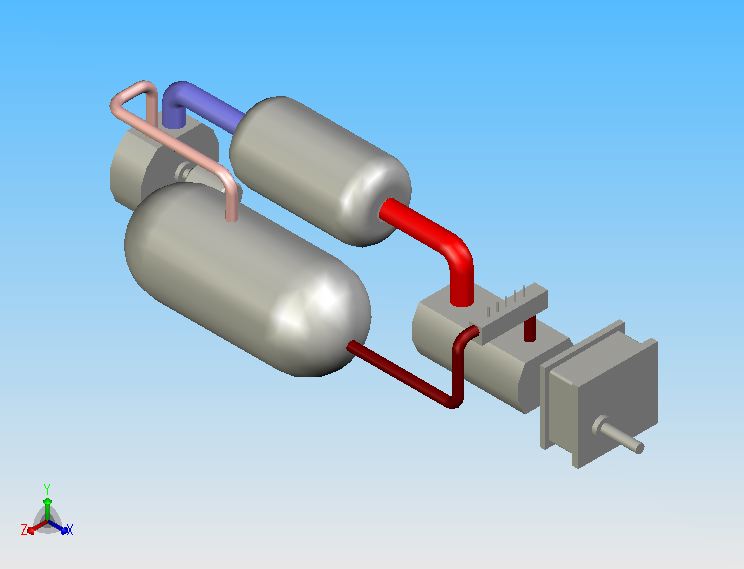Proud nuclear-enthusiast bubble dweller
…f gas, and I believe wind, over current nuclear is that they are better at load following. Are newer reactor designs able to follow demand, as they would have to if nuclear rose to 80% or more of output ? cyril r. We shouldn’t waste technetium. Its a valuable industrial catalyst, and, perhaps more interestingly, increases the corrosion resistance of many alloys used in the nuclear industry. cyril r. Yes they are, in France they throttle down (and…


